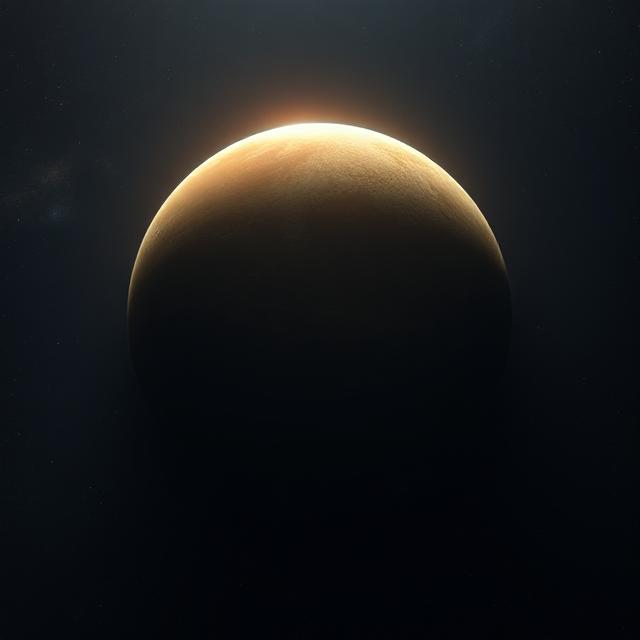A new scientific study is shedding light on strange circular features on the surface of Venus, called coronae, and what they reveal about the planet’s hidden activity beneath its surface.
What Are Coronae?
Coronae are large, round structures on Venus, some as big as 2,500 kilometers across. They look like rings or crowns, with cracks and fractures circling a central area. Scientists believe coronae form when hot material from deep inside Venus, known as a mantle plume, pushes up against the planet’s outer shell, or lithosphere, causing the surface to bulge, crack, and sometimes sink in places.
There are about 740 known coronae scattered across Venus. Their different shapes and sizes have puzzled scientists for decades.
Why Are Coronae Important?
Unlike Earth, Venus does not have plate tectonics-the process that causes continents to drift and mountains to form. Instead, Venus’s surface is shaped by other forces, mainly the movement of hot material deep below. Studying coronae helps scientists understand how Venus changes over time and whether it is still geologically active today.
How Did Scientists Study Coronae?
The new research used computer models to simulate how coronae form and change. The team compared these models with real data from NASA’s Magellan spacecraft, which mapped Venus’s surface and measured its gravity in the 1990s.
Gravity data is important because it can show what is happening beneath the surface. For example, a strong gravity “high” might mean there is something dense or hot below, like a rising plume of mantle material. A gravity “low” could point to a trench or a region where the crust is sinking.
Key Findings
– Out of 75 coronae that could be clearly seen in the Magellan gravity data, 52 showed signs of hot, buoyant material underneath. This suggests these coronae are “active,” with ongoing movement below the surface.
– The study identified different types of interactions between the mantle and the lithosphere at coronae. Some coronae show signs of crust being recycled back down, similar to subduction on Earth, while others are shaped by plumes that remain trapped below the surface.
– The current gravity data from Magellan is not detailed enough to see all the features scientists want to study. Many smaller coronae cannot be analyzed properly because the data is too “blurry” at that scale.
Looking Ahead: VERITAS Mission
A new spacecraft called VERITAS is planned to launch in the coming years. It will map Venus’s gravity with much higher resolution, allowing scientists to study 427 coronae in detail-more than five times as many as before. This will help researchers learn much more about how Venus’s surface and interior work, and whether the planet is still changing today.
Why Does This Matter?
Understanding coronae on Venus could help answer big questions about how rocky planets, including Earth, evolve. It may also reveal whether Venus is still geologically active, which is important for understanding its past and present climate.
As Dr. Gael Cascioli, one of the study’s authors, explains:
“Coronae are windows into Venus’s interior. With better data, we can finally see what’s happening beneath the surface and how Venus is still alive as a planet.”
This research marks a big step forward in unlocking the mysteries of our closest planetary neighbor.








